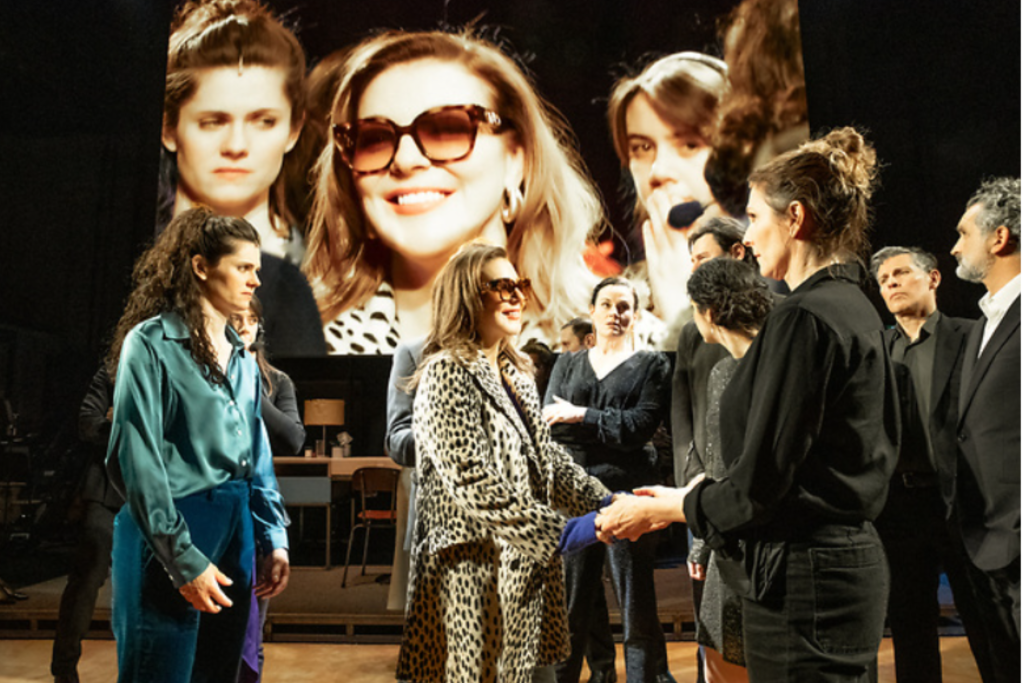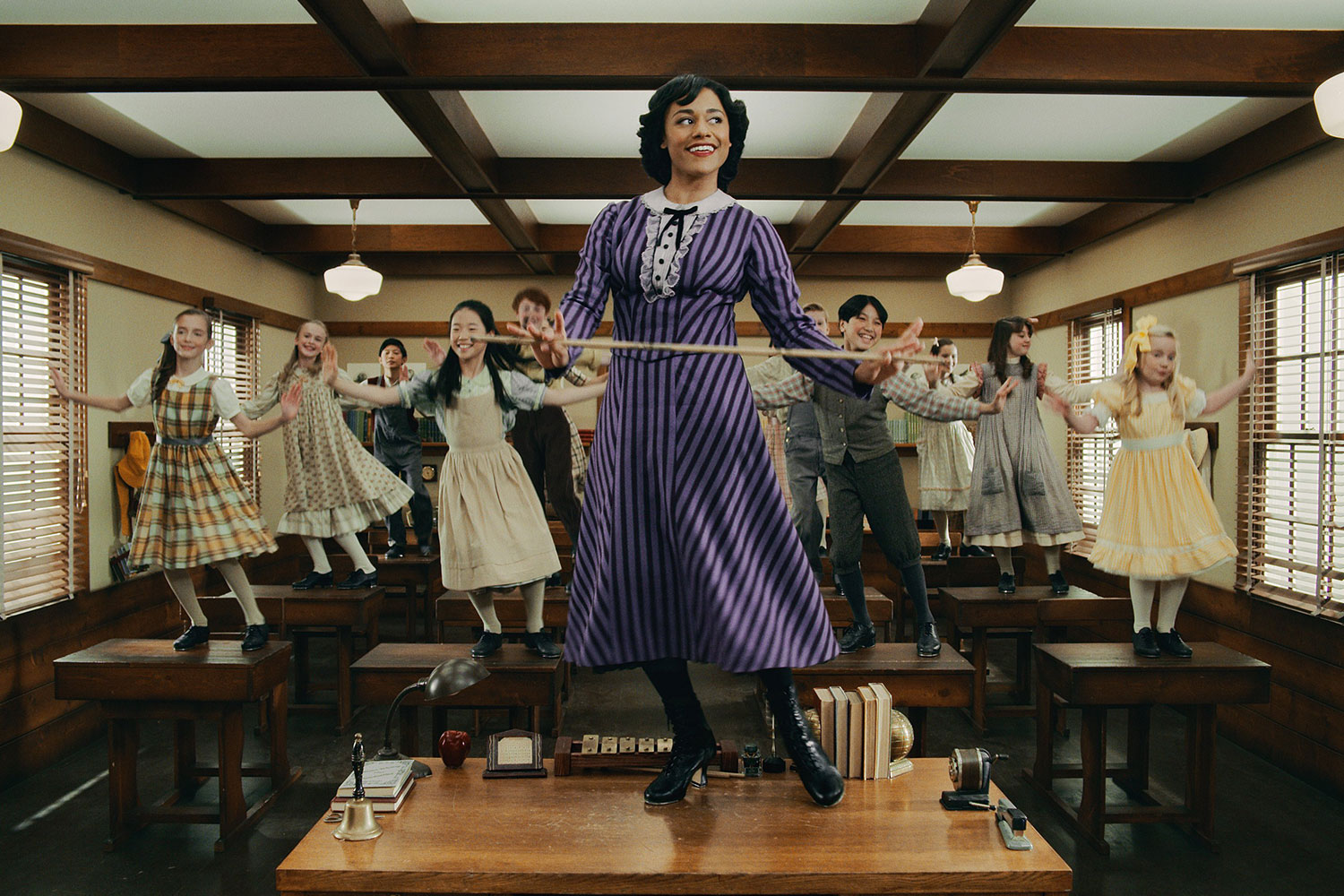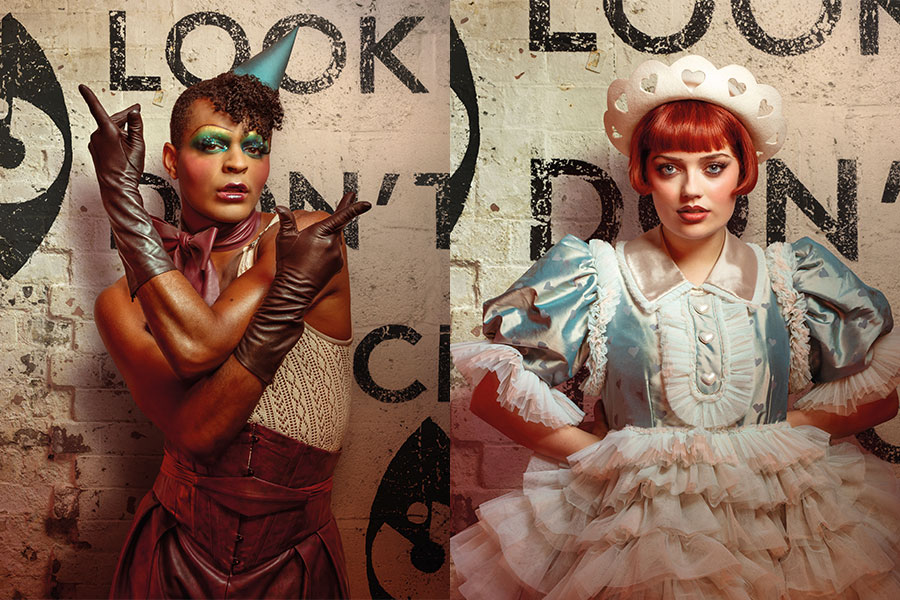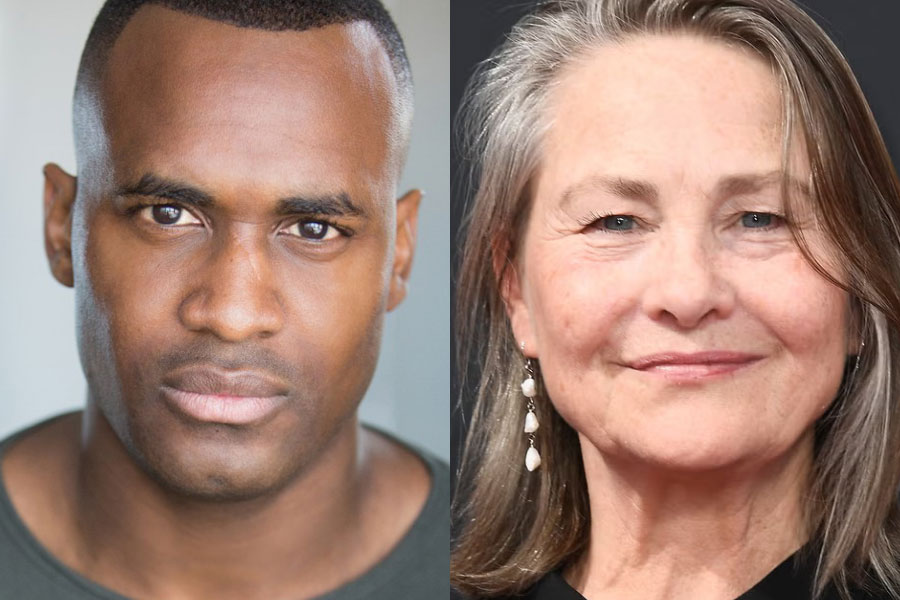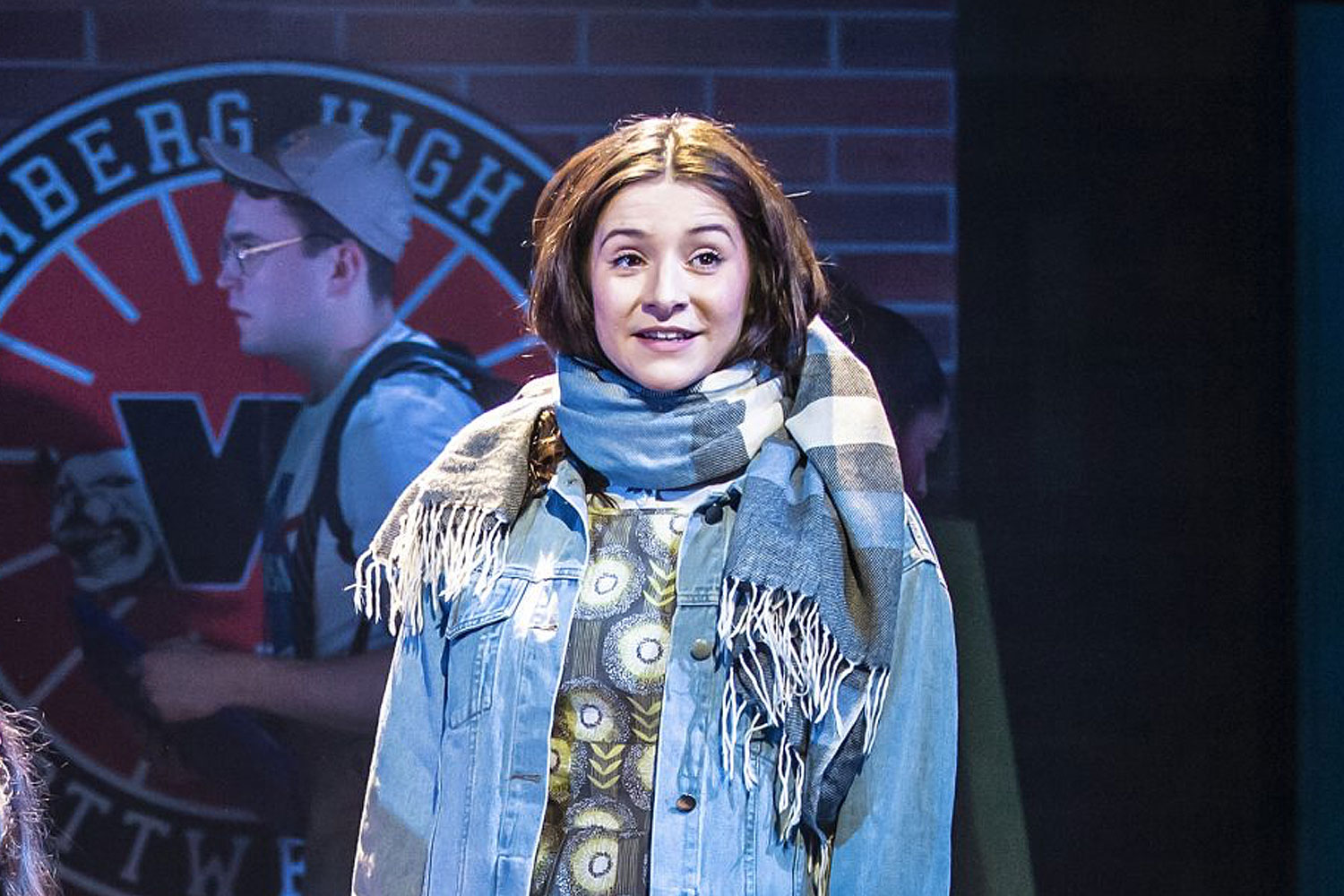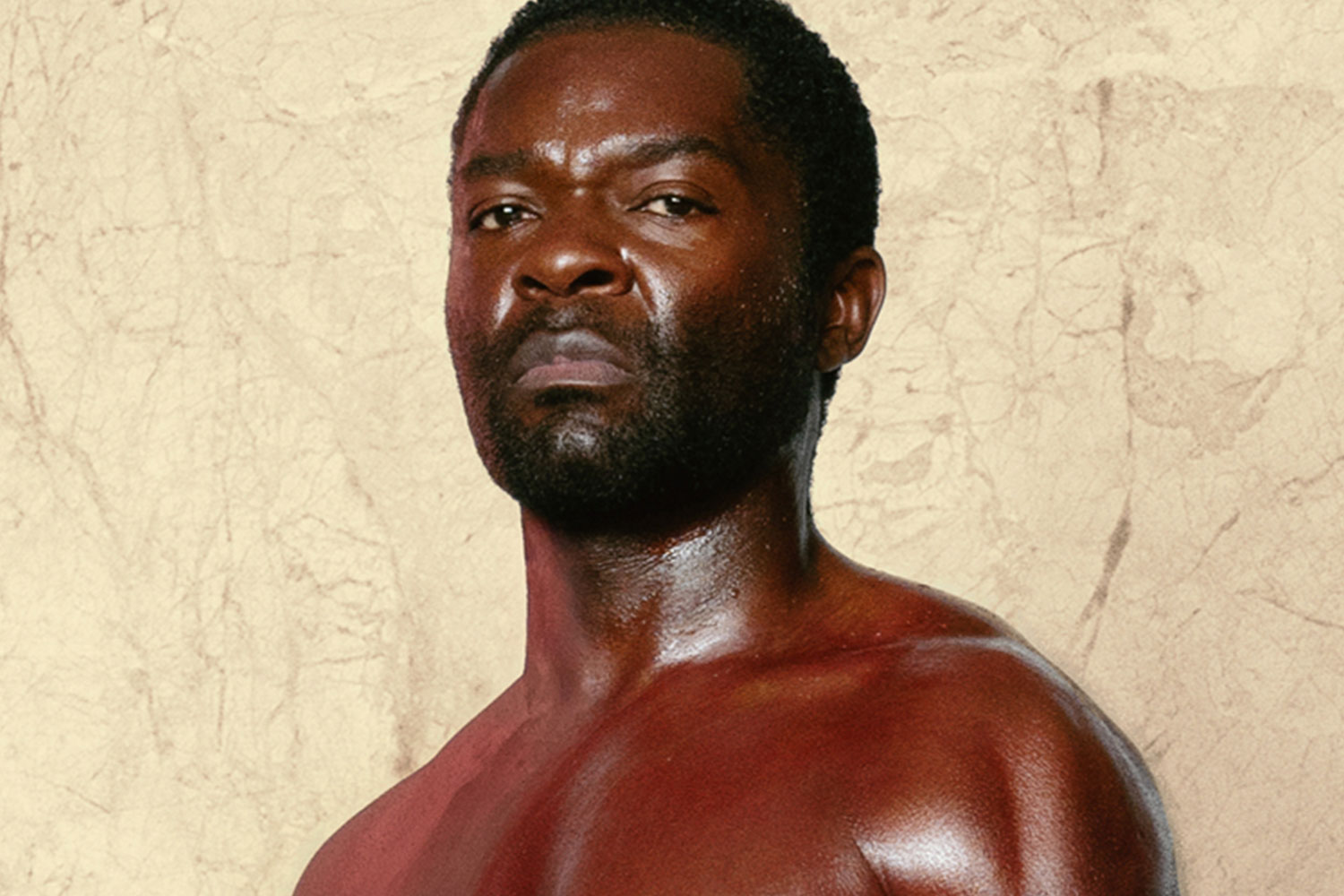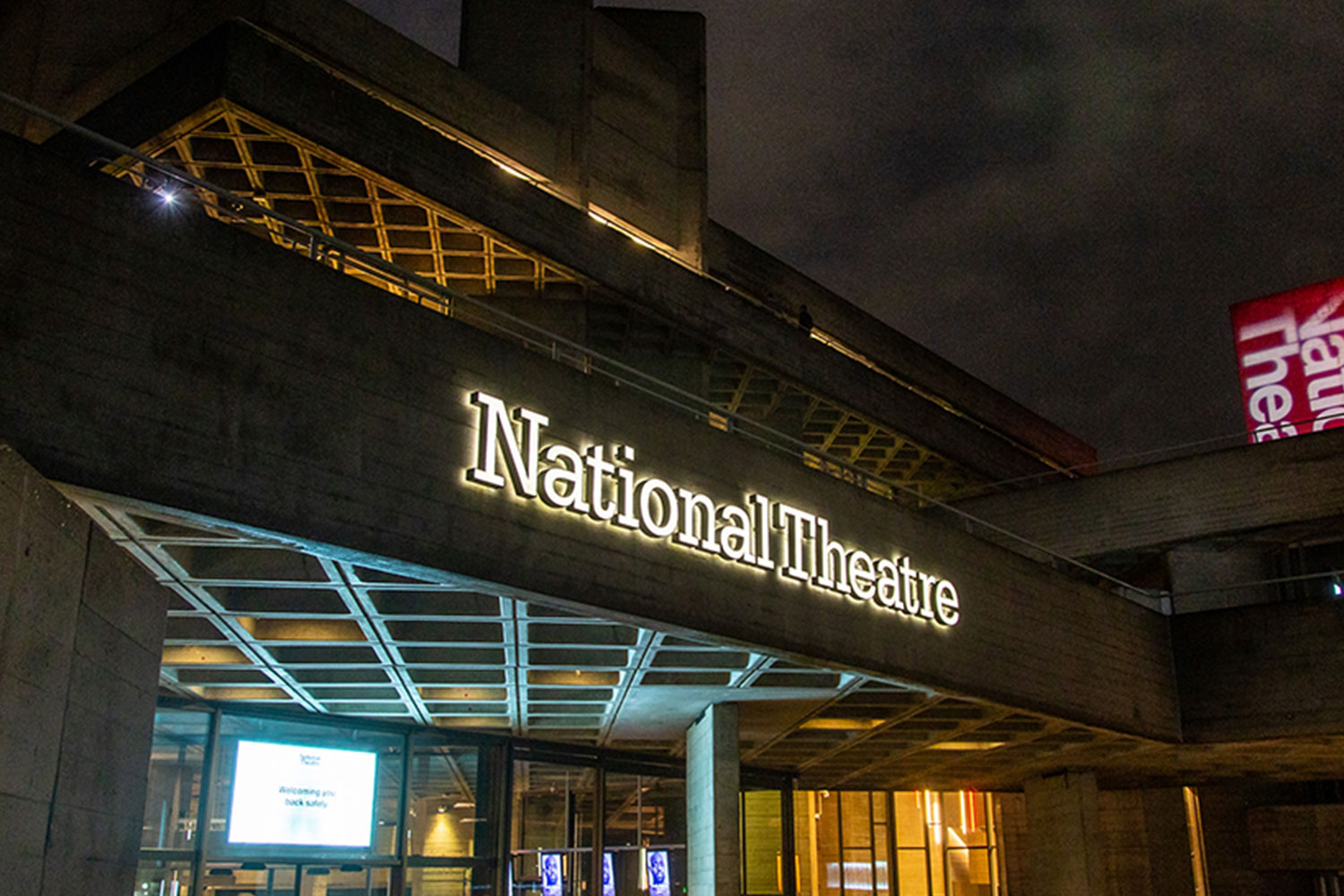Review: The Winter's Tale (Lyceum Theatre, Edinburgh)

© Mihaela Bodlovic
The publicity for Max Webster’s new production of The Winter's Tale promises "a uniquely Scottish take" on Shakespeare‘s play. That’s a phrase which always fills me with dread, because too often I’ve seen it used as shorthand for dramatic laziness and lowest-common-denominator cliché.
On paper, however, his idea is a good one. Shakespeare’s text repeatedly distinguishes between sophisticated, urbane Sicilia and "rustic" Bohemia, so Webster’s modern dress production quietly repositions the two locales as contemporary Edinburgh and Fife, which lies just over the water from the capital and took a lot more effort to get to in the days before road and rail bridges.
In some senses it works very well. The Sicilian scenes feature glitzy monochrome sets and costumes, with minimalist furnishings and refined conversation. The Bohemian scenes, on the other hand, are a technicolour riot, reimagining the great pastoral scene as the local gala, complete with a (brilliant) ceilidh band and Autolycus touting his wares out of a shopping trolley. The contrast works well because it plays upon the capital’s self-important view of itself, and the condescending way it tends to look down on its more rural hinterland; and anyway, the two settings in the play represent different sets of attitudes, more than geographical locations.
In the event, however, there is a major problem in the shape of the language. James Robertson was commissioned to "translate" much of the Bohemian dialogue into the Fife Scots dialect, which underscores the setting and makes it much more meaningful. However, there are losses as well as gains. For one thing, it means that Perdita is not sufficiently the rose-amongst-thorns that she is in the text and the cultural gulf between her and Florizel is much more pronounced. More seriously, the Scots language takes you dangerously far from Shakespeare, with jokes about Morningside (a well-to-do Edinburgh suburb) and Nicola Sturgeon that would be more at home in the annual panto. Furthermore, I couldn’t shake an uncomfortable feeling that Robertson’s translation takes the Bohemian characters closer to the parody and disdain that he claims to find offensive. I doubt that anyone in the audience who was laughing at the bumpkin Shepherd and his Ned-ish son was doing so out of empathy.
In any production of The Winter’s Tale the actors struggle to break free from the fact that, more than most others in the Shakespeare canon, this play relies on types rather than flesh-and-blood characters. John Michie embodies Leontes’ descent into jealous madness with compelling power, and Frances Grey does the best she can to make Hermione a rounded character (without quite succeeding). Maureen Beattie’s Paulina threatened to steal the show when she entered, but descended into histrionics by the end of the third act. However, I liked Janet Kumah’s suave Camilla and Andy Clark’s troubled Polixenes, though I confess I didn’t laugh once at Jimmy Chisholm’s tracksuited Autolycus.
You don’t go to The Winter’s Tale for realism, however; more for a sense of a sad tale ultimately turned good. In the end, though, I found myself much more at home in frosty, stylish Sicilia than in the bucolic, backward Bohemia. Maybe I’m one of the very people the production is meant to satirise.
The Winter's Tale runs at the Royal Lyceum Theatre until 4 March.




